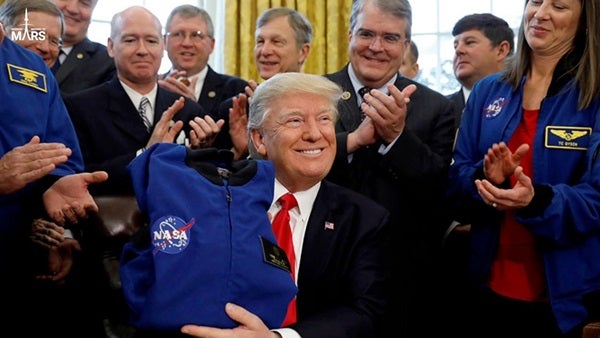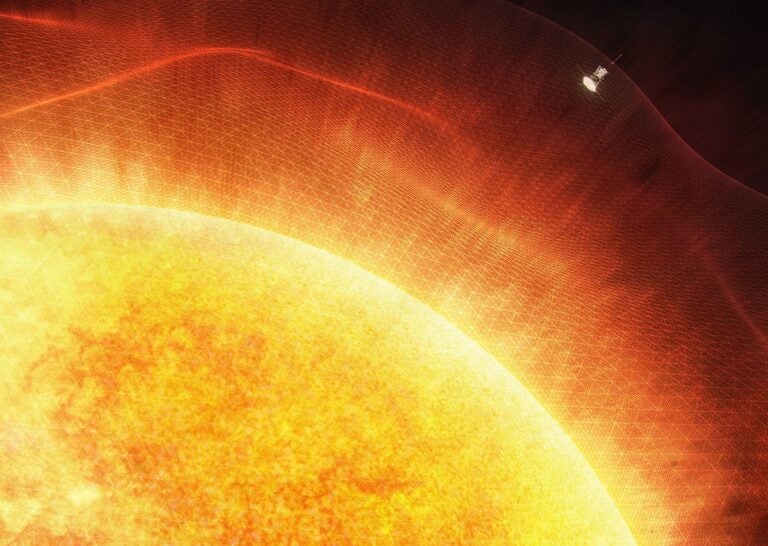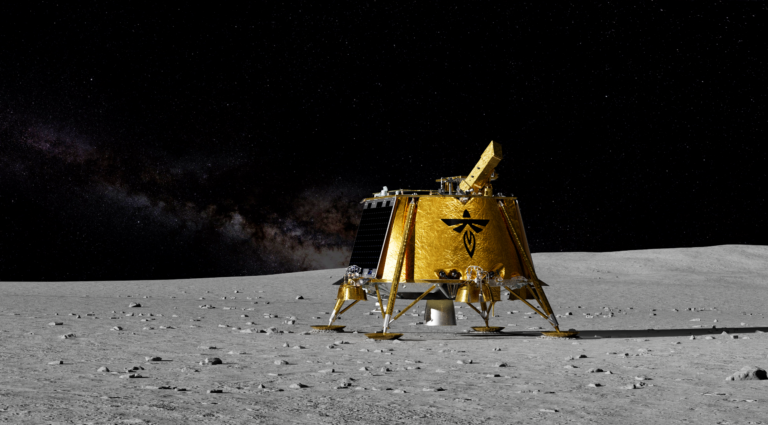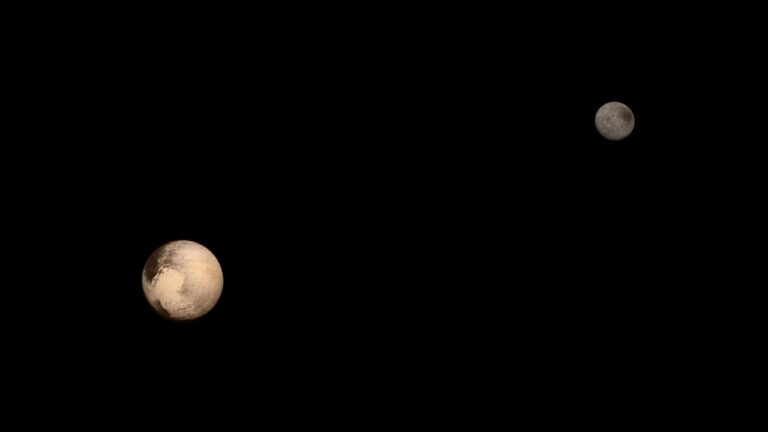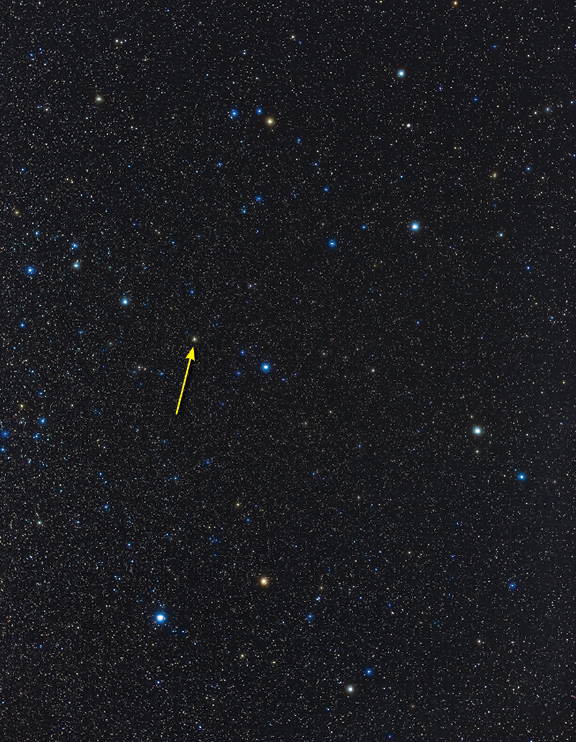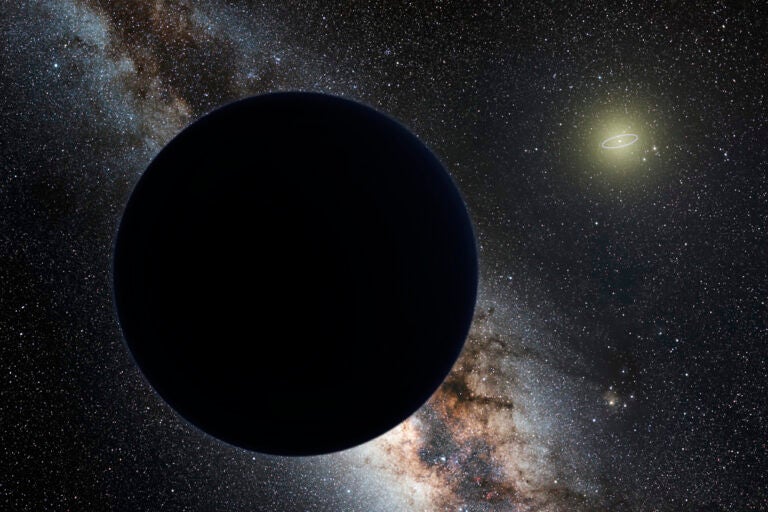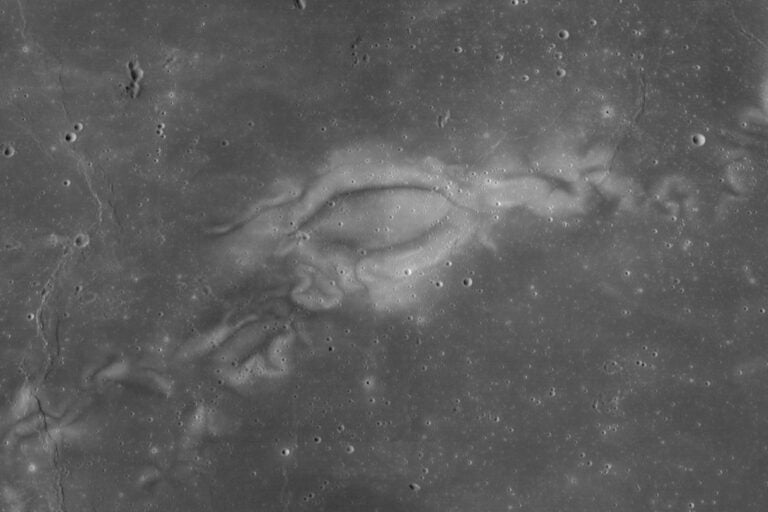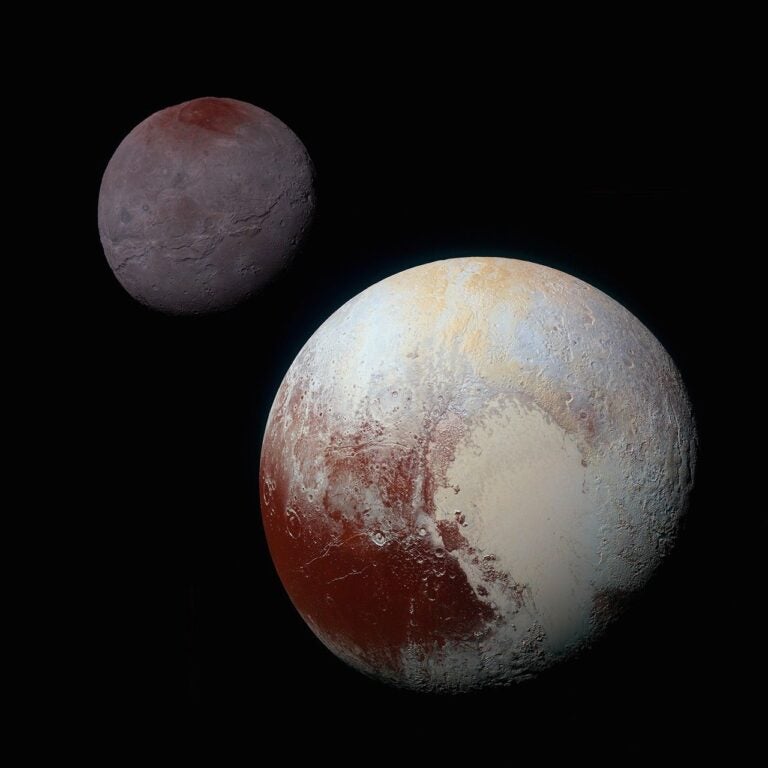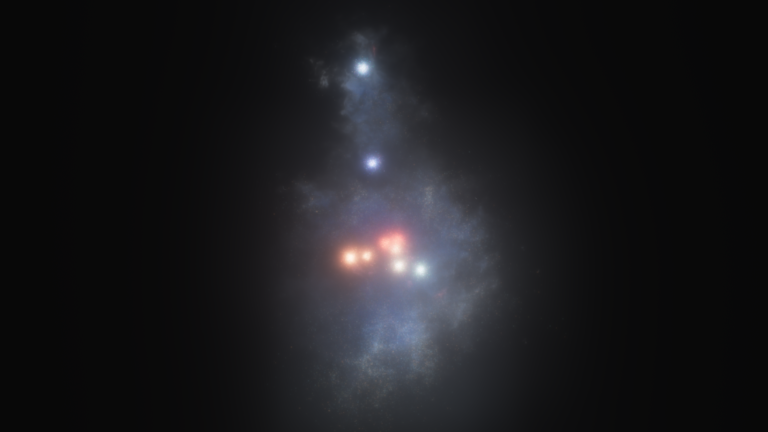“It is my privilege today to present President Trump’s Fiscal Year 2019 budget request of $19.9 billion for NASA. It reflects the administration’s confidence that through NASA leadership, America will lead the way back to the Moon and take the next giant leap from where we made that first small step nearly 50 years ago.
“This budget focuses NASA on its core exploration mission and reinforces the many ways that we return value to the U.S. through knowledge and discoveries, strengthening our economy and security, deepening partnerships with other nations, providing solutions to tough problems, and inspiring the next generation. It places NASA and the U.S. once again at the forefront of leading a global effort to advance humanity’s future in space, and draws on our nation’s great industrial base and capacity for innovation and exploration.
“This proposal provides a renewed focus to our human spaceflight activities and expands our commercial and international partnerships, while also continuing our pursuit of cutting-edge science and aeronautics breakthroughs at the core of our mission.
“This budget codifies the president’s Space Policy Directive-1, which charges us to ‘lead an innovative and sustainable campaign of exploration that will lead the return of humans to the Moon for long-term exploration and use followed by human missions to Mars and other destinations.’
“In short, we are once again on a path to return to the Moon with an eye toward Mars. NASA is called to refocus existing activities towards exploration, by redirecting funding to innovative new programs and support for new public-private initiatives. We are leveraging multiple partners both here at home and internationally in developing a sustainable approach where the Moon is simply one step on our truly ambitious long term journey to reach out farther into the solar system to reap the economic, societal, and expanding knowledge benefits such an endeavor will bring.
“We’ve used the International Space Station (ISS) as the cornerstone for pushing human presence farther into space, with a horizon goal of humans to Mars. This includes learning about the human physiology of spaceflight and enabling new industry partners to bring to bear their capabilities and emerge as leaders in their own right to help us on this journey. The commercial cargo and crew work continues through the life of the International Space Station in the budget. Further, this budget proposes for NASA to ramp up efforts to transition low-Earth activities to the commercial sector, and end direct federal government support of the ISS in 2025 and begin relying on commercial partners for our low-Earth orbit research and technology demonstration requirements.
“This budget also proposes we develop new opportunities on and around the Moon. We will begin to build the in-space infrastructure for long-term exploration development of our nearest neighbor by launching the power and propulsion element to orbit the Moon as the foundation of a Lunar Orbital Platform-Gateway. This will give us a strategic presence in the lunar vicinity that will drive our activity with commercial and international partners and help us further explore the Moon and its resources and translate that experience toward human missions to Mars.
“As before, the Space Launch System rocket and Orion spacecraft are critical backbone elements for this effort and for moving farther into deep space. Their momentum continues this year toward the first integrated launch of the system in fiscal year 2020 around the Moon and a mission with crew in 2023.
“Technology drives exploration, both human and robotic, and helps us solve problems in space and on Earth. We will focus on applications of technology toward deep space exploration, and innovative ways to further our goals from concept to testing and flight.
“The agency also will realign our organizational structure to best meet this new exploration focus. I’ve asked Space Technology Mission Directorate Associate Administrator Steve Jurczyk to lead an effort to design the new organizational approach.
“Our wide ranging science work also is enabled on many fronts in this budget, and it will continue to lead the world in its size, scope, and scientific output.
“NASA science increases understanding of our planet and our place in the universe, pursues civilization-level discoveries, such as whether there is life elsewhere in the universe, and scouts for knowledge to inform future human advancement into space. Our robust scientific activity will include missions to Mars; lunar surface missions that leverage commercial capabilities; diverse Earth and planetary missions; and spacecraft to study the Sun and how it influences the very nature of space. Powerful observatories will study other solar systems and their planets and peer back to the dawn of time through other galaxies. One hard decision we had to make was the proposed cancellation of the WFIRST mission in astrophysics and to redirect those resources to other agency priorities.
“NASA’s work has always strengthened our security and the economy, and our ongoing research and testing of new aeronautics technologies is critical in these areas. It will help us lead the world in a global aviation economy with increasing benefits worldwide. Commercial supersonic flight, unmanned aviation systems, advanced hypersonics technologies, and the next generation of aircraft are some of the critical focuses of this important program for our nation under this budget.
“While the budget does not provide funding for an Office of Education, NASA’s mission successes will continue to inspire the next generation to pursue science, technology, engineering and mathematics studies, join us on our journey of discovery, and become the diverse workforce we’ll need for tomorrow’s critical aerospace careers. We will use every opportunity to engage learners in our work and the many ways it encourages educators, students, and the public to continue making their own discoveries.
“This budget also funds ongoing operations of NASA centers and ensures core services are optimized to achieve a safe and healthy workplace. It also strengthens cybersecurity capabilities by safeguarding critical data and systems.
“We can’t do everything, and as always, we’ve had to make hard choices, but we will continue to forge new paths and partnerships that strengthen our industrial base and our engagement with other nations to achieve challenging goals that advance our capabilities and increase our security and economic strength.
“NASA will continue to deliver on the promise of U.S. ingenuity and proven leadership in space.”
For more details about the Fiscal Year2019, budget, visit: https://www.nasa.gov/budget
This press release originally appeared on NASA.gov.

